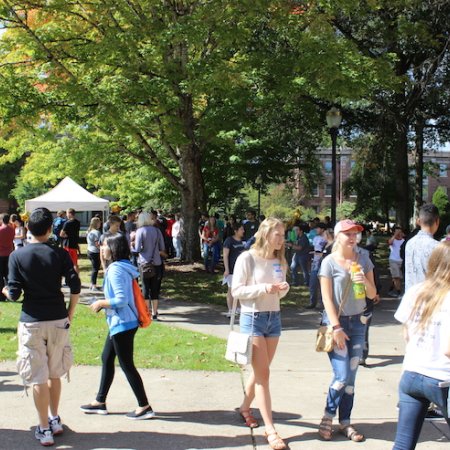In her talk, Dr. Shan will discuss novel 2D semiconductors suitable for photonics and optoelectronics applications. Electrons in these materials possess a new valley degree of freedom in addition to charge and spin, which can be controlled by an electric field, a magnetic field and other means, possibly presenting a new carrier for information technology.
The life of Jie Shan, originally an emigrant from China herself, parallels that of Chung Kwai Lui, patroness of the Wei Family Private Foundation. In 1936, Lui graduated from Lingnan University in China and was offered an exchange scholarship to attend Oregon State University. When she arrived in Corvallis from China as one of the first students in the new physics program department in 1936, she was met at the bus station by the Dean of Home Economics. In those days, no one assumed a woman would want a master’s degree in anything else. She quickly formed a close relationship with physics professor Willibald Weniger, OSU’s first Ph.D graduate and namesake of Weniger Hall home of the Department of Physics.
After blazing the trail for women in physics education, Lui began an impressive record of accomplishment, including working for the Manhattan Project, the top secret U.S. effort to develop the first atomic bomb, where she applied her extensive knowledge of uranium. In 1949, she was named “Women of the Day” by Eleanor Roosevelt for her scientific excellence, and met her husband, Hsin Hsu Wei who had emigrated from China.
Similar to Chung Kwai Lui, Dr. Jie Shan left China in 1989 to pursue higher education. She earned her undergraduate diploma in mathematics and physics at Moscow State University in Russia in 1996 and then moved to the United States to earn her Ph.D. in physics at Columbia University in 2001.
Shan began her career as an assistant physics professor at Case Western Reserve University in Cleveland in 2002-14. In 2014, she was hired as an associate professor and was promoted to full professor at the Pennsylvania State University. In 2018, Shan was hired as a professor of physics at Cornell University’s School of Applied and Engineering Physics.






